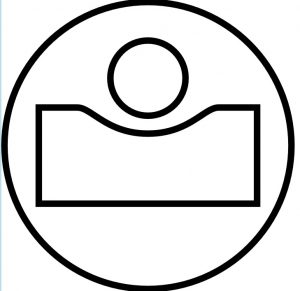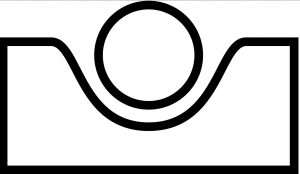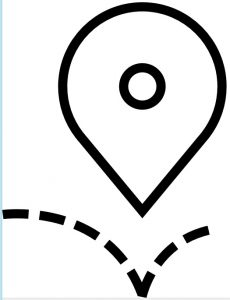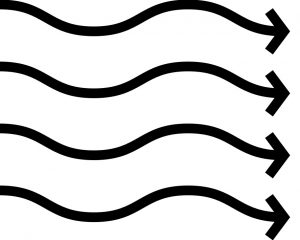Tuft & Needle (T&N), a new company (less than 2 years old as of this writing), is different from other mattress manufacturers founded in the past 20 years. While almost all mattress making firms were started by individuals with experience in the industry, T&N was not. Tuft & Needle's founders were engineers–software engineers, that is.
John-Thomas (JT) Marino and Daehee Park, friends at college and in Silicon Valley, decided to start their own business. But with what? They both had horrible mattress shopping experiences, so they chose to create a better experience for other people. They researched how to make a mattress, and discovered that it only cost about $300 to make a mattress that sold for over $3,000 in a mattress store. So the plan was to not only make a better mattress, but to sell it at closer to its real value, not ten times the manufacturing cost.
To do this, middlemen would be cut out by selling directly to consumers over the Internet. For two software engineers, this was right down their alley. They wrote the software for the company: marketing, manufacturing management, buying parts, accounting, etc.
One aim was to keep the making of the mattresses domestic, sourcing all materials in the United States. This includes thread, cover fabric and foams. Another goal was to be ecologically and socially responsible, which included how the materials were produced and transported. A very important objective was to be consumer oriented, making buying a mattress a good experience: no confusing choices, no hidden costs and details; or in Tuft and Needle's own words: "We believe that business can be honest and premium products don’t need remote controls and payment plans. Especially not mattresses."

Thomas and Park began making a 5" high foam mattress (now the Tuft & Needle Five) with only three layers. According to T&N, they kept revising the mattress in response to customer feedback. Eventually, they began making the Tuft & Needle Ten using a two-layer "blended foam" of polyurethane foam formulated by Tuft & Needle (yes, they researched the chemistry and processing of foam). The overall firmness is medium to medium firm, what they describe as not too soft, not too hard.



The comfort layer and support layer foams are both high density. The apporximately 7" support layer is firmer for underlying support The comfort layer is about 1½" in the Five and 3" in the Ten and is made for pressure relief. It is not memory foam, since that is too enveloping and too hot, and it is not latex. T&N describes it as "bouyant" with the sleeper only sinking in a little way, leaving room for cooling air.



Tuft & Needle has had a lot of success for a startup, grossing over a million dollars is sales by the time the company was a year old. How did they do it? First, by selling mattresses at only 15% to 25% the price of most competing models (such as Tempur-Pedic's memory foam mattresses). Second, by selling through Amazon, the largest online marketplace. The success of T&N includes producing and selling the highest ranked mattresses on Amazon, as measured by consumer reviews.
One of the costs of selling a mattress Tuft & Needle cut was commercial advertising. Their advertising consists simply of the Amazon listings and social media (a type of word-of-mouth).
Tuft & Needle sells its 5" mattress for $450, and the 10" mattress for $600. They have a 100 night sleep trial period and a 10-year warranty. While its headquarters and showroom are in Phoenix, Arizona, the mattresses are made in and shipped from Southern California.



